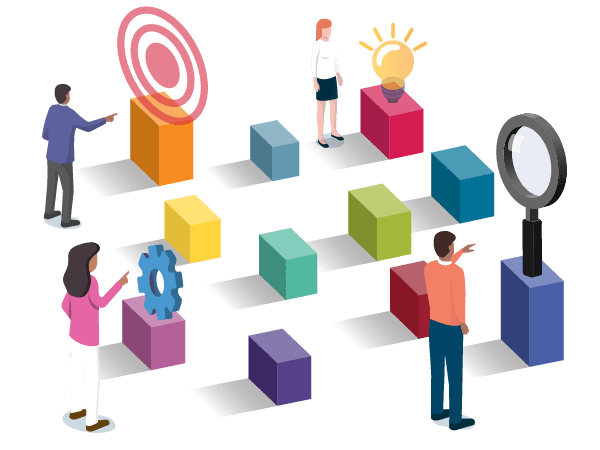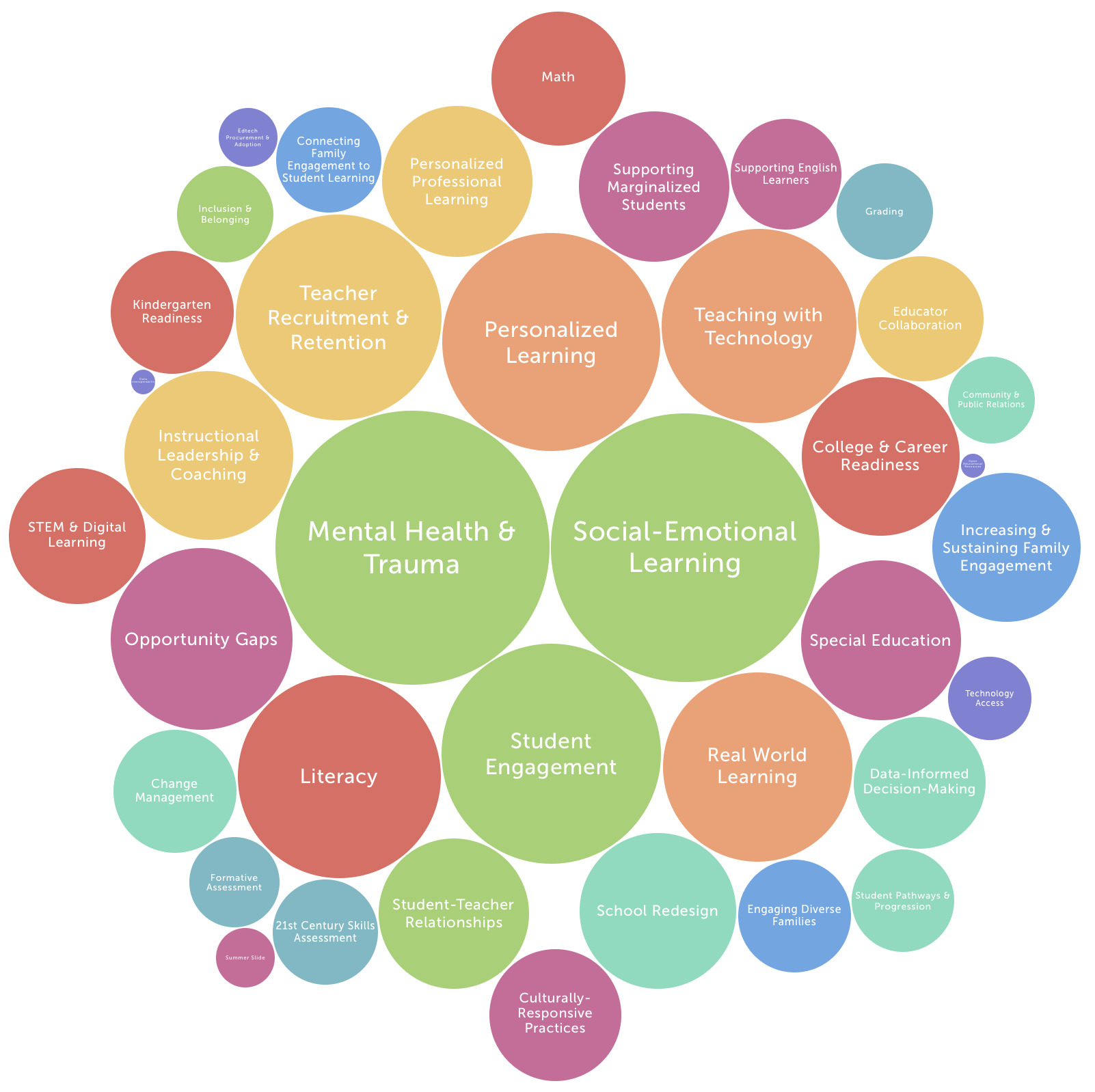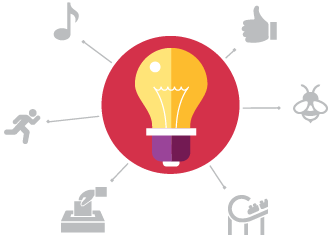
 In 2019, the Learner Variability Project (LVP) released the first of a four-part series of national surveys. “Learning in the 21st Century: How the American Public, Parents, and Teachers View Students’ Potential and Their Learning Experience” found that while at least 75 percent of public school parents, teachers, and the American public believe most students are capable of reaching high levels of educational achievement, only 19 to 29 percent believe most students are actually reaching those high levels. Findings from the survey established that a wider understanding of learner variability—that students vary across cognitive, social-emotional, and background factors—is key to providing the tailored opportunities that all students need to reach their full potential. LVP continues to curate the latest research to help product developers and practitioners with supporting all learners.
In 2019, the Learner Variability Project (LVP) released the first of a four-part series of national surveys. “Learning in the 21st Century: How the American Public, Parents, and Teachers View Students’ Potential and Their Learning Experience” found that while at least 75 percent of public school parents, teachers, and the American public believe most students are capable of reaching high levels of educational achievement, only 19 to 29 percent believe most students are actually reaching those high levels. Findings from the survey established that a wider understanding of learner variability—that students vary across cognitive, social-emotional, and background factors—is key to providing the tailored opportunities that all students need to reach their full potential. LVP continues to curate the latest research to help product developers and practitioners with supporting all learners.
Our Inclusive Innovation model catalyzes equitable opportunities for individuals, groups, and regions that are underrepresented in the education ecosystem to successfully lead, participate in, and benefit from innovation. In 2019, we published “Designing a Process for Inclusive Innovation: A Radical Commitment to Equity” to define the essential elements of equity-first research and development for education and create a model for engaging diverse community stakeholders as leaders and designers. In 2019, we also laid the foundation for the Teachers of Color Pipeline and Retention project, which aims to share challenges and co-design promising concepts for solutions to increase the recruitment and retention of teachers of color.

In 2019, 350 public school and district staff members—including teachers, principals, and superintendents—from across the U.S. responded to a survey sharing their highest-priority challenges in education. We analyzed and transformed the results into an interactive visualization to identify commonly shared challenges, including mental health and trauma, social-emotional learning, literacy, and culturally responsive practices. Within each challenge area, we published resources that can help educators as they work to address and solve each challenge within their own contexts. The Digital Promise Research team will reconduct the survey in 2020 to assess educators’ priorities in the context of COVID-19.
 Computing Pathways
Computing PathwaysBy early 2019, most school districts had experimented with some computer science or computational thinking (CT) activities. Districts now want systematic, sustained efforts to enable diverse students to participate in the future of work, learning, and society. Through our Computing Pathways project, we partnered with three districts to design and study cumulative, competency-based pathways across K-12. We analyzed qualitative and quantitative data from teachers and students to improve learning and address equity. With nine additional districts, we are refining a toolkit to help districts nationwide build systematic approaches to developing all K-12 students’ computing competencies.
Our early learning research develops and evaluates activities for classrooms and homes, as well as developmentally appropriate apps and professional development resources. We seek to integrate multiple STEM disciplines to promote young children’s learning at a key transition point—just before or when they start elementary school. To ensure resources are useful, equitable, and adoptable, our team brings together learning scientists, public preschool educators, families from culturally and linguistically diverse communities, curriculum developers, and media designers to engage in co-design. In 2019, we partnered with more than 10 preschool classrooms, including approximately 20 educators, 400 children, and 50 families of young children.